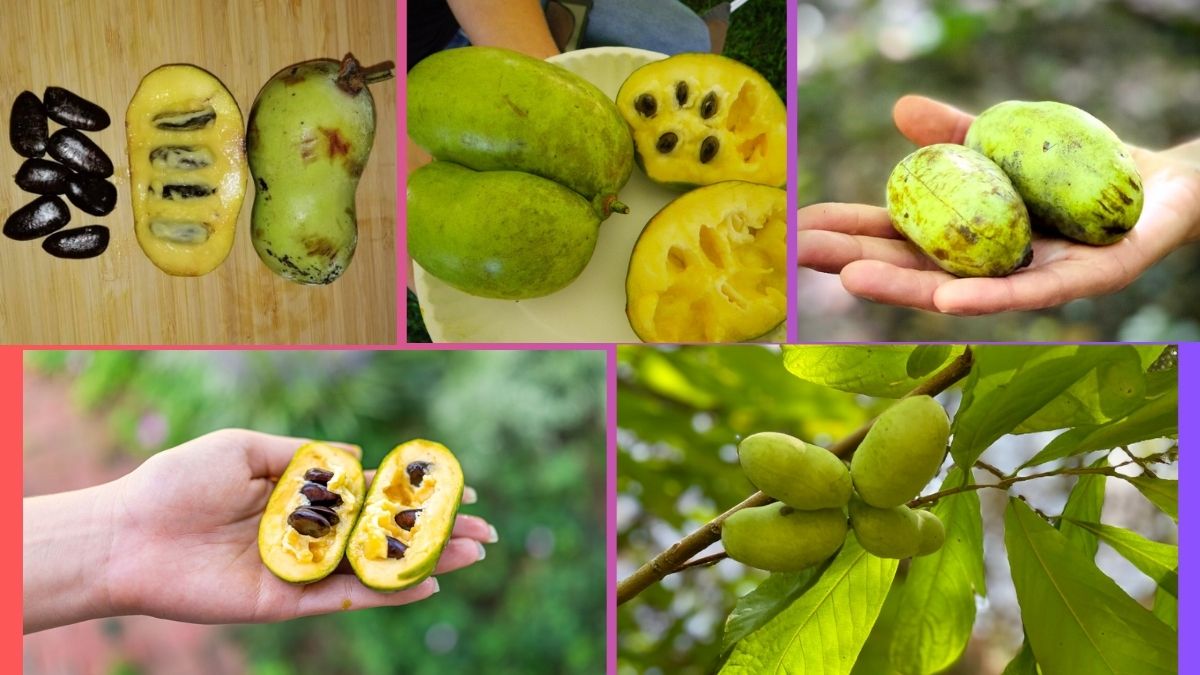In the diverse world of tropical and subtropical fruits, pawpaw occupies a unique and celebrated position. Known scientifically as Carica papaya, but commonly called pawpaw in Africa, the Caribbean, and parts of Asia, and papaya in other regions, this fruit is cherished worldwide for its sweet, juicy flavor and extensive health benefits. From breakfast tables to skincare routines, pawpaw is a staple ingredient in many cultures.
As global demand for this nutrient-rich superfruit continues to grow, understanding which country leads in its production is essential for agricultural economics, trade policies, and food security studies. So, which country is the largest pawpaw (papaya) producer globally?
The answer is clear and consistent: India.
This article will explore the origins, botanical characteristics, cultural significance, major producing regions, production statistics, export markets, and why India stands as the world’s top pawpaw producer.
What is Pawpaw (Papaya)?
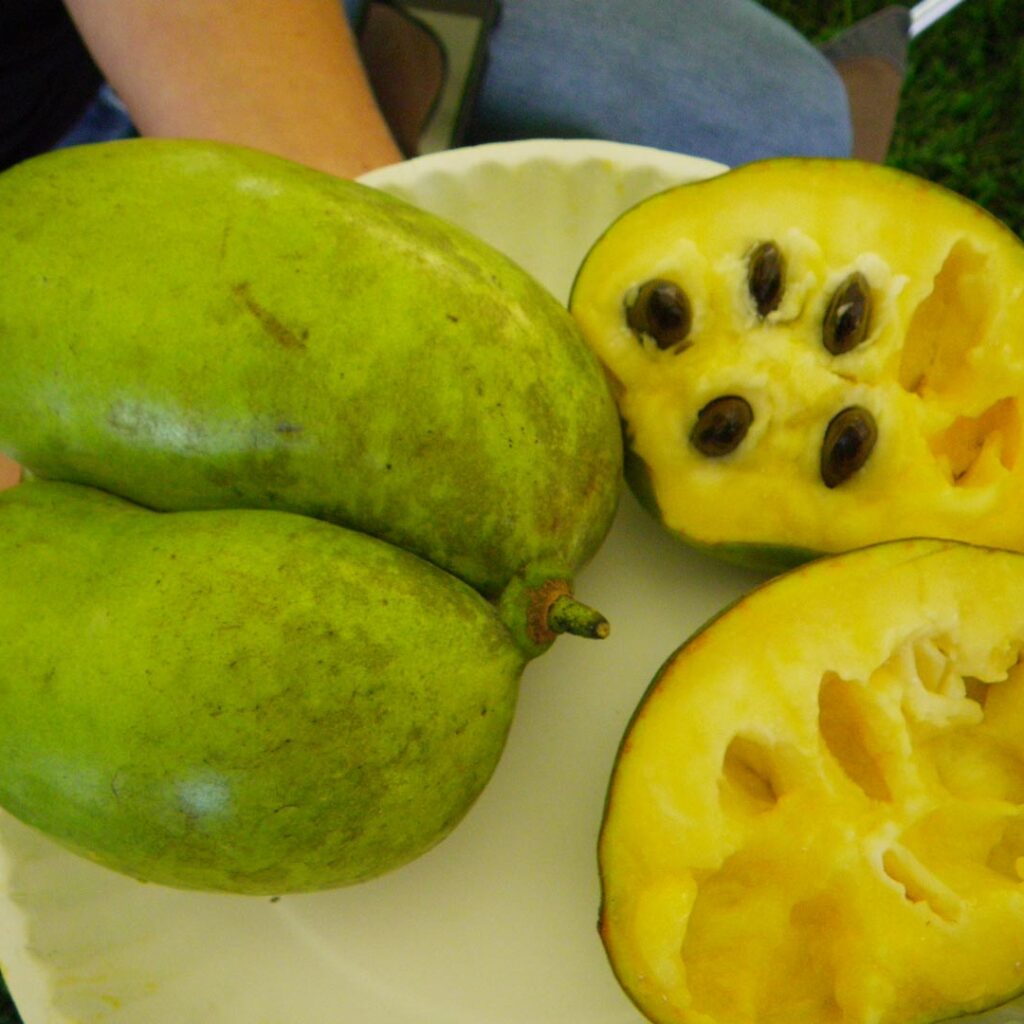
Pawpaw, or papaya, is a fast-growing, herbaceous plant from the Caricaceae family. Native to the tropical Americas, it produces large, oval or pear-shaped fruits with:
- Green to orange-yellow skin
- Soft, orange to reddish flesh
- A central cavity filled with small, black, peppery seeds
The fruit is loved for its sweet, tropical flavor and rich nutritional profile, offering:
- High vitamin C and A content
- Potent antioxidants (lycopene and beta-carotene)
- Enzymes like papain and chymopapain, known for digestive and anti-inflammatory benefits
Both the fruit and leaves have been used traditionally for culinary, medicinal, and cosmetic purposes.
History and Cultural Importance
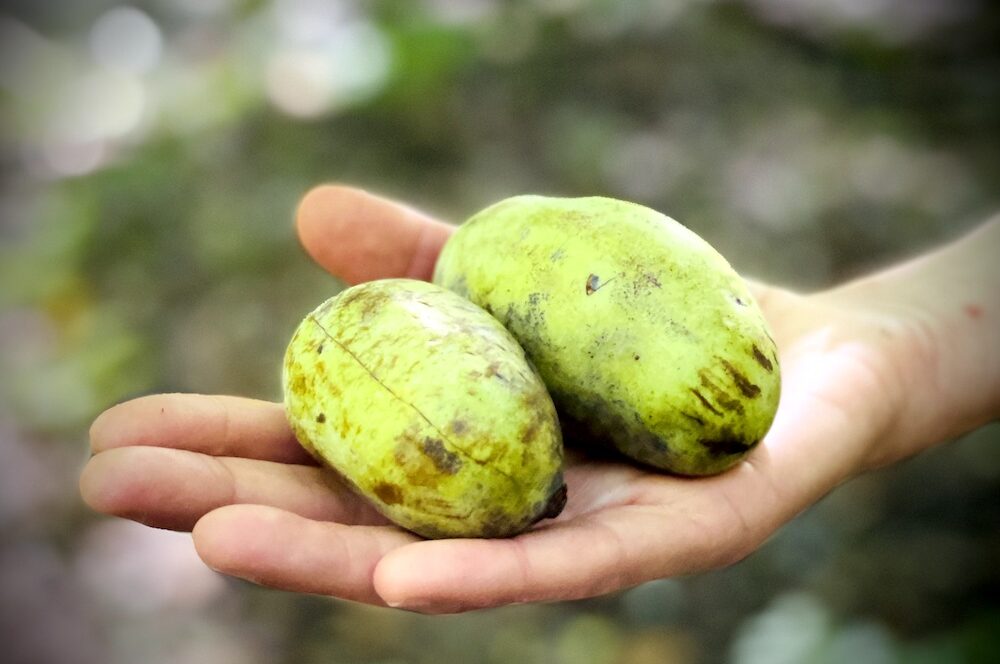
The origins of pawpaw trace back to southern Mexico and Central America, where ancient Mesoamerican civilizations like the Maya and Aztecs cultivated it for its nutritional and medicinal properties. Spanish and Portuguese explorers later spread the fruit across the Caribbean, Africa, Southeast Asia, and the Pacific Islands.
Today, pawpaw plays a vital cultural and economic role in:
- India
- Indonesia
- Nigeria
- Brazil
- Philippines
- Mexico
- Kenya
- Thailand
It’s commonly served fresh, juiced, or in fruit salads, and is valued for both dietary and medicinal benefits across continents.
Where is Pawpaw Grown Globally?
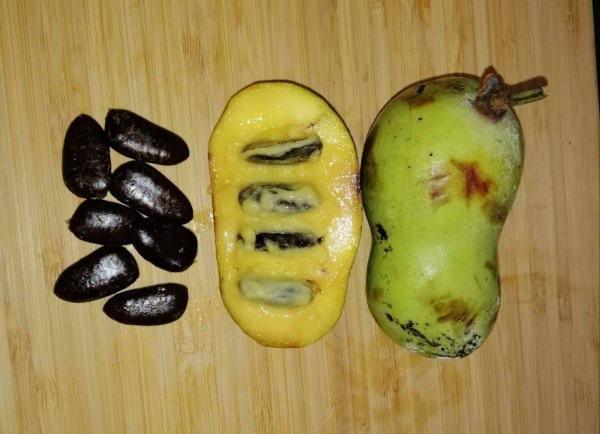
Ideal Growing Conditions
Pawpaw thrives in:
- Tropical and subtropical climates
- Temperatures between 22°C and 35°C (72°F to 95°F)
- Well-drained, fertile, loamy soils
- Annual rainfall between 1,000–2,500 mm
It’s sensitive to frost and waterlogging, preferring consistent warmth and moderate moisture.
Major Pawpaw Producing Countries
According to the Food and Agriculture Organization (FAO):
- India (world’s largest)
- Indonesia
- Nigeria
- Brazil
- Philippines
- Mexico
- Thailand
- Kenya
Among these, India far surpasses other nations in total pawpaw production.
Why is India the Largest Pawpaw Producer Globally?
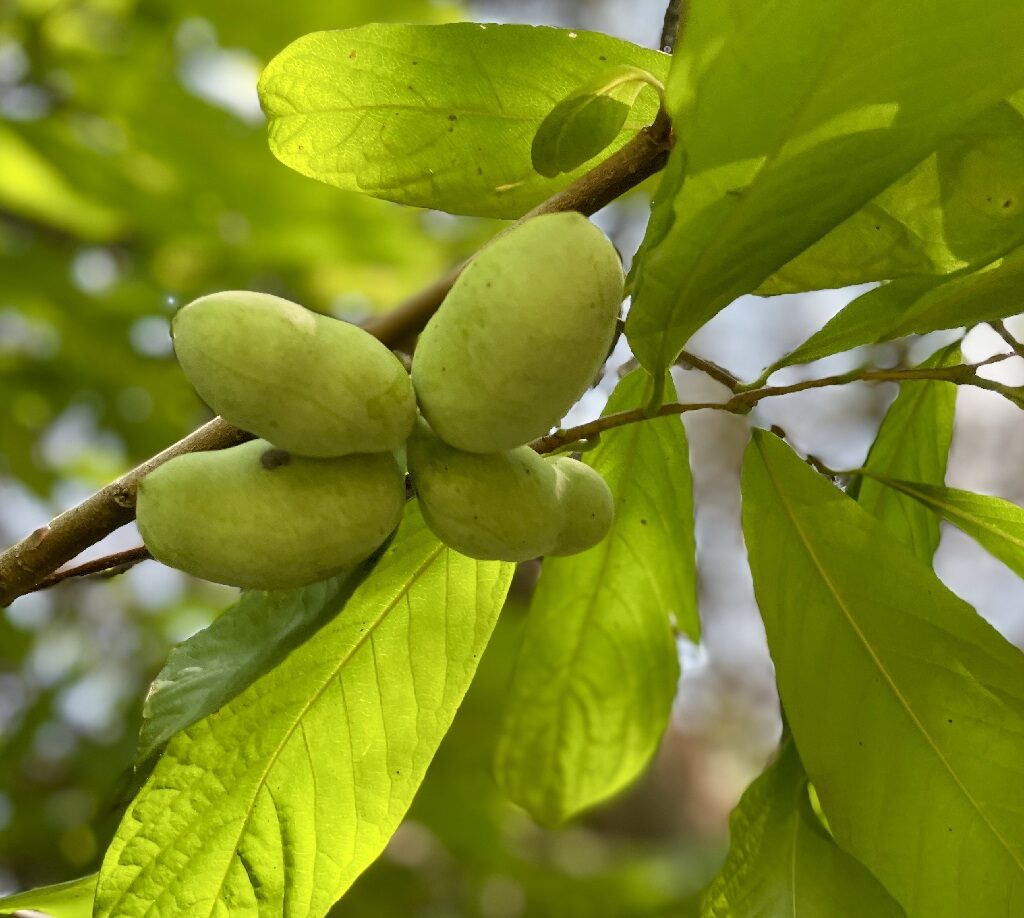
Several factors contribute to India’s dominance in global pawpaw cultivation:
Ideal Agro-Climatic Conditions
India’s vast tropical and subtropical regions offer perfect growing conditions for pawpaw. Warm temperatures, diverse soil types, and well-distributed rainfall allow for year-round production.
Extensive Cultivation Area
India dedicates over 150,000 hectares to pawpaw cultivation, mainly in:
- Andhra Pradesh
- Maharashtra
- Gujarat
- Tamil Nadu
- West Bengal
- Karnataka
These states enjoy optimal climate, soil conditions, and agricultural infrastructure.
High-Yielding Cultivars
India has developed several high-yield and disease-resistant pawpaw varieties such as:
- Red Lady
- Pusa Delicious
- Pusa Dwarf
- CO-7
These varieties are favored for their excellent fruit quality, longer shelf life, and resistance to common diseases.
Culinary and Medicinal Importance
In India, pawpaw is consumed extensively:
- Fresh as a table fruit
- In desserts, pickles, and salads
- As a digestive aid (papain enzyme is used medicinally)
The leaves and unripe fruit are also used in Ayurvedic and folk medicine to treat digestive disorders, dengue fever, and skin problems.
Pawpaw Production Statistics
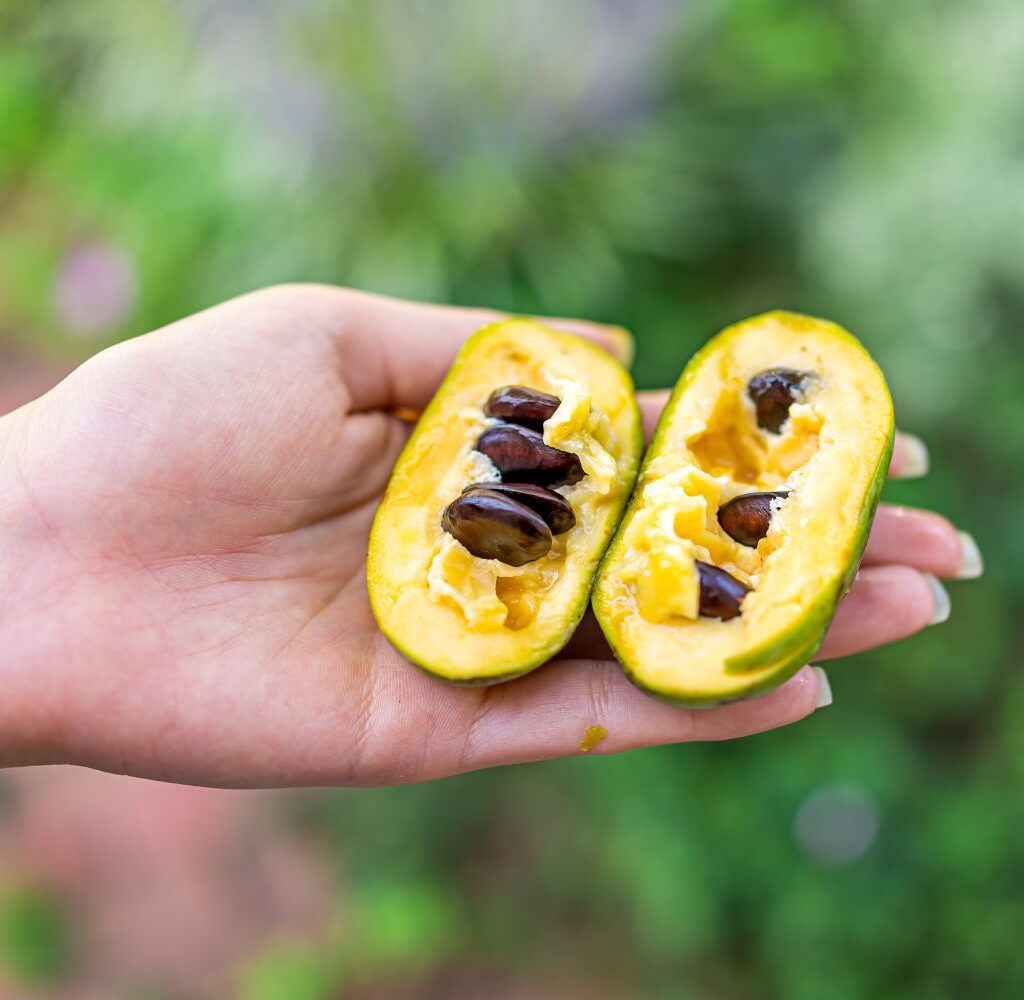
According to FAO 2023 estimates:
- India produces over 6.1 million metric tonnes of pawpaw annually
- This accounts for over 43% of total global pawpaw production
- The global production is approximately 14.1 million metric tonnes
India is followed distantly by:
- Indonesia (937,000 tonnes)
- Nigeria (866,000 tonnes)
- Brazil (826,000 tonnes)
- Mexico (813,000 tonnes)
This makes India’s production volume nearly seven times higher than its nearest competitor.
Nutritional and Health Benefits
Pawpaw is highly valued for its rich nutrient content:
- Vitamin C — boosts immunity and antioxidant defense
- Vitamin A (beta-carotene) — promotes eye and skin health
- Potassium and magnesium — support heart health
- Papain enzyme — aids digestion and anti-inflammatory effects
- Lycopene — known for its cancer-preventive potential
Regular consumption can help improve digestion, reduce oxidative stress, support cardiovascular health, and enhance skin radiance.
Culinary and Commercial Uses
Pawpaw’s versatility makes it a valuable fruit in both home kitchens and the food processing industry:
- Fresh fruit for direct consumption
- Juices, smoothies, and fruit salads
- Pickles and chutneys (in India and Southeast Asia)
- Desserts like pawpaw halwa and puddings
- Papain enzyme extraction for tenderizing meat, brewing, and pharmaceuticals
- Dried fruit snacks and confectionery
Its leaves are used for making herbal teas and traditional remedies for fevers and digestive issues.
Export Markets and Global Trade
While India is primarily a domestic consumer of its pawpaw produce, it also exports to:
- United Arab Emirates
- Saudi Arabia
- Bangladesh
- Nepal
- Oman
Though Mexico and Brazil lead in pawpaw exports to North America and Europe, India’s regional exports are steadily growing, particularly to the Middle East and Southeast Asia.
Challenges and Opportunities
India’s pawpaw industry faces some challenges:
- Viral diseases (papaya ringspot virus)
- Post-harvest losses due to poor storage and transportation
- Limited global market access compared to other tropical fruits
However, opportunities abound:
- Expanding value-added product lines (papain powder, dried pawpaw, jams)
- Developing organic pawpaw farming for health-conscious markets
- Improving cold-chain infrastructure for better export capacity
- Promoting Ayurvedic pawpaw-based medicinal products
Conclusion
To conclusively address the thesis question:
India is the largest pawpaw (papaya) producer globally.
Thanks to its:
- Ideal climate
- Large cultivation area
- High-yielding, disease-resistant varieties
- Strong culinary and medicinal integration
- Efficient, large-scale year-round production
India produces over 43% of the world’s pawpaw supply — more than six million metric tonnes annually — far surpassing other producing nations.
As global interest in tropical superfruits, functional foods, and plant-based wellness grows, India’s leadership in pawpaw production offers both domestic prosperity and increasing international trade opportunities.
